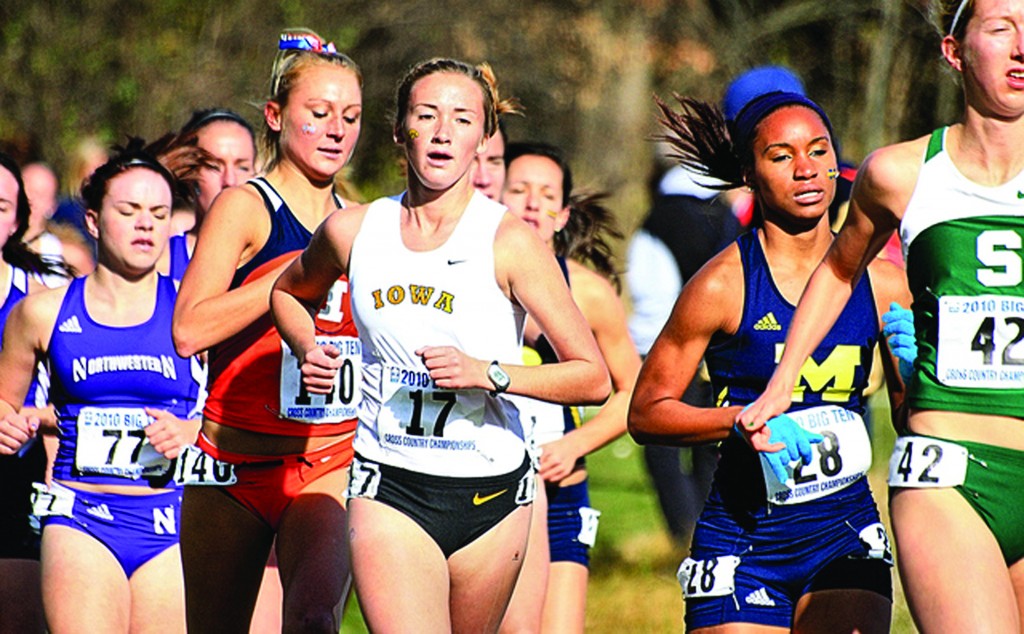I’ll never forget that phone call almost three years ago now. I’ll never forget the way my best friend’s voice shook when she said the words that I thought might be true but never imagined she’d actually say: “I think I have an eating disorder.” As a track runner, she had always been thin, so no one really thought anything of it when they saw her physical appearance. But as she became more and more busy with school work and social interactions and clubs, her life became harder and harder to control. She joined a running club as a first-year student, and her need to be the best at what she did led to her decision to take in very few calories and force herself to run further distances than she had in the past. Running and her diet became the only things in her life that she had full control over. I watched my best friend go from a content high school track athlete to an obsessive long-distance runner. I watched her just about turn into skin and bones. I watched what eating disorders do to athletes and how severe the effects are and, believe me, it is not something to take lightly.
13.5 percent of athletes have subclinical to clinical eating disorders.
What’s the difference between a subclinical and a clinical eating disorder? Certain criteria must be met in order to be diagnosed with a clinical eating disorder. Someone that exhibits some of the criteria, but not all, may be diagnosed with a subclinical eating disorder. Oftentimes subclinical eating disorders go undiagnosed, so the prevalence of disordered eating among athletes may actually be even higher than statistics show. Athletes that are most likely to engage in disordered eating are those participating in sports that involve weight requirements (e.g., wrestling), sports with revealing uniforms (e.g., swimming, diving), endurance sports, sports at an elite level, sports that focus on the individual rather than the team and, most frequently, aesthetic sports (e.g., gymnastics, figure skating). In fact, statistics show that 42 percent of female athletes competing in aesthetic sports demonstrated disordered eating patterns.
Sports have always been an integral piece of society. They give us a way to connect with others and keep ourselves healthy. But we live in a society that allows us to find our identities in the temporary. For many athletes, they have only ever been known as such. A lot of athletes, especially elite ones, begin their sport at a very young age. Depending on parental support and the various coaches they have been instructed by, the role their sport can play has the potential to become something that is overwhelmingly more important than any other aspect of who they are. Athletes with this kind of experience are a lot more likely to go to extreme lengths to become the best at what they do, even if it could cost them their sports careers or, in some cases, their lives.
So what do we do about this? First of all, if you know an athlete who may be struggling with an eating disorder, talk to a coach or teammate that may know the athlete well. (The last thing you want to do is accuse the athlete of having an eating disorder. This will always backfire.) If that person also expresses concern, try having a conversation with the athlete to gain information about their training. If you’re still concerned, report the behaviors to a coach or professional. This is an extremely sensitive subject. The athlete may not be happy with you for reporting concerns, but your voice could potentially be the thing that saves their life.
As you probably already know, the athletes in your life are more than the sport they play. Remind them of that. Talk to them about life outside of their sport. Encourage them after a bad game or run or performance. It’s time to open our eyes to the prevalence of eating disorders in sports. We may just be able to save some lives by doing so.
Sources: eatingdisorderhope.com, National Eating Disorders Association

